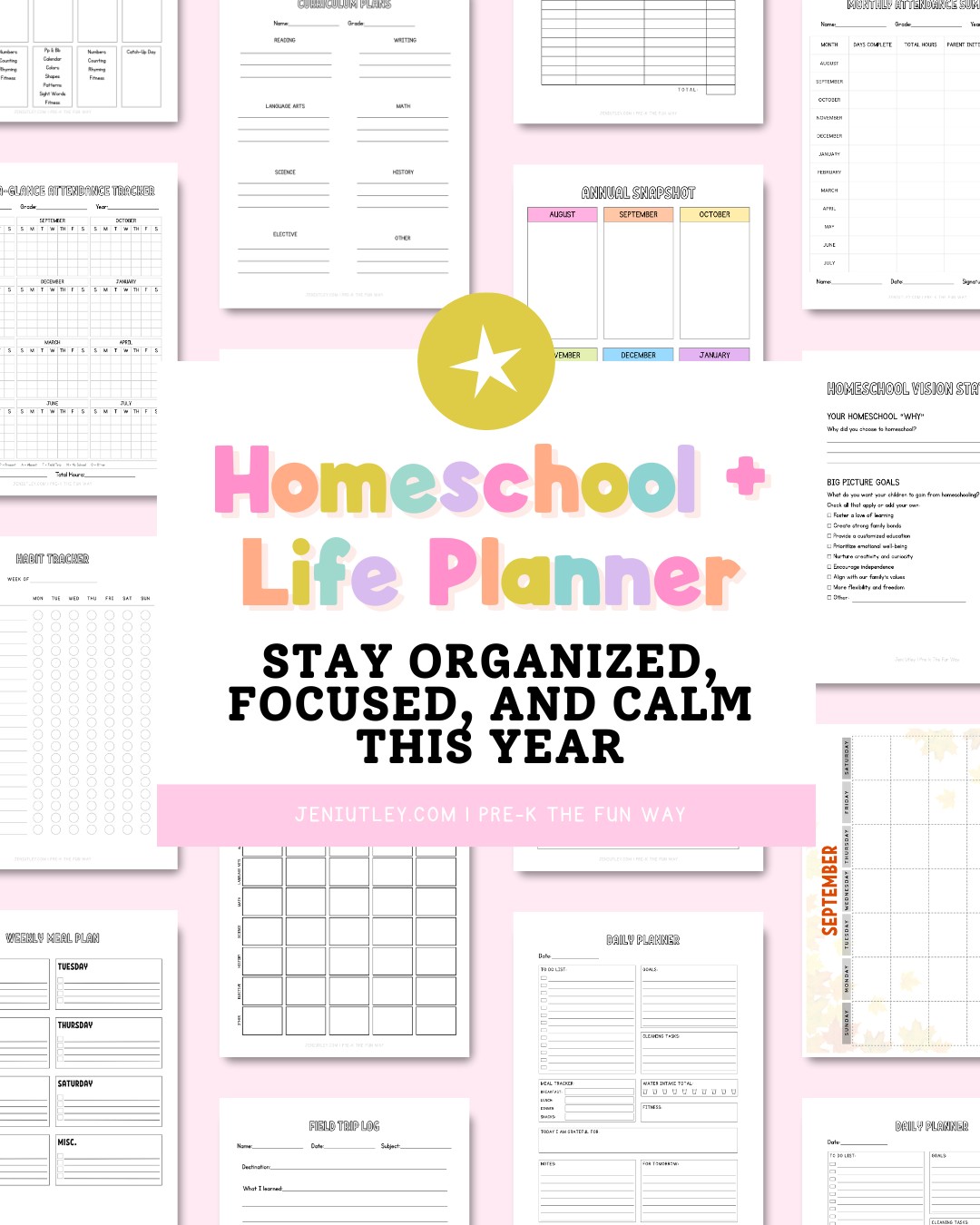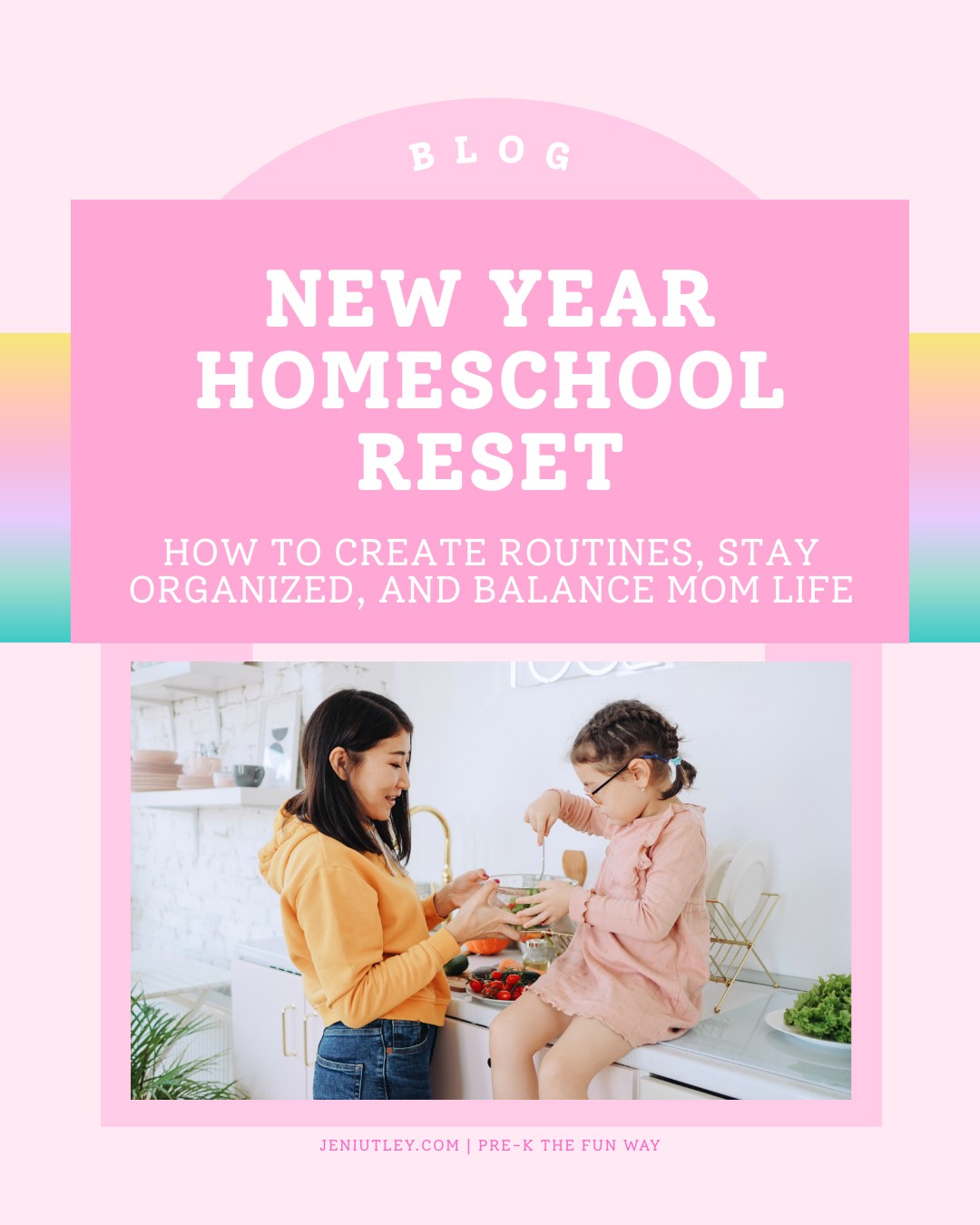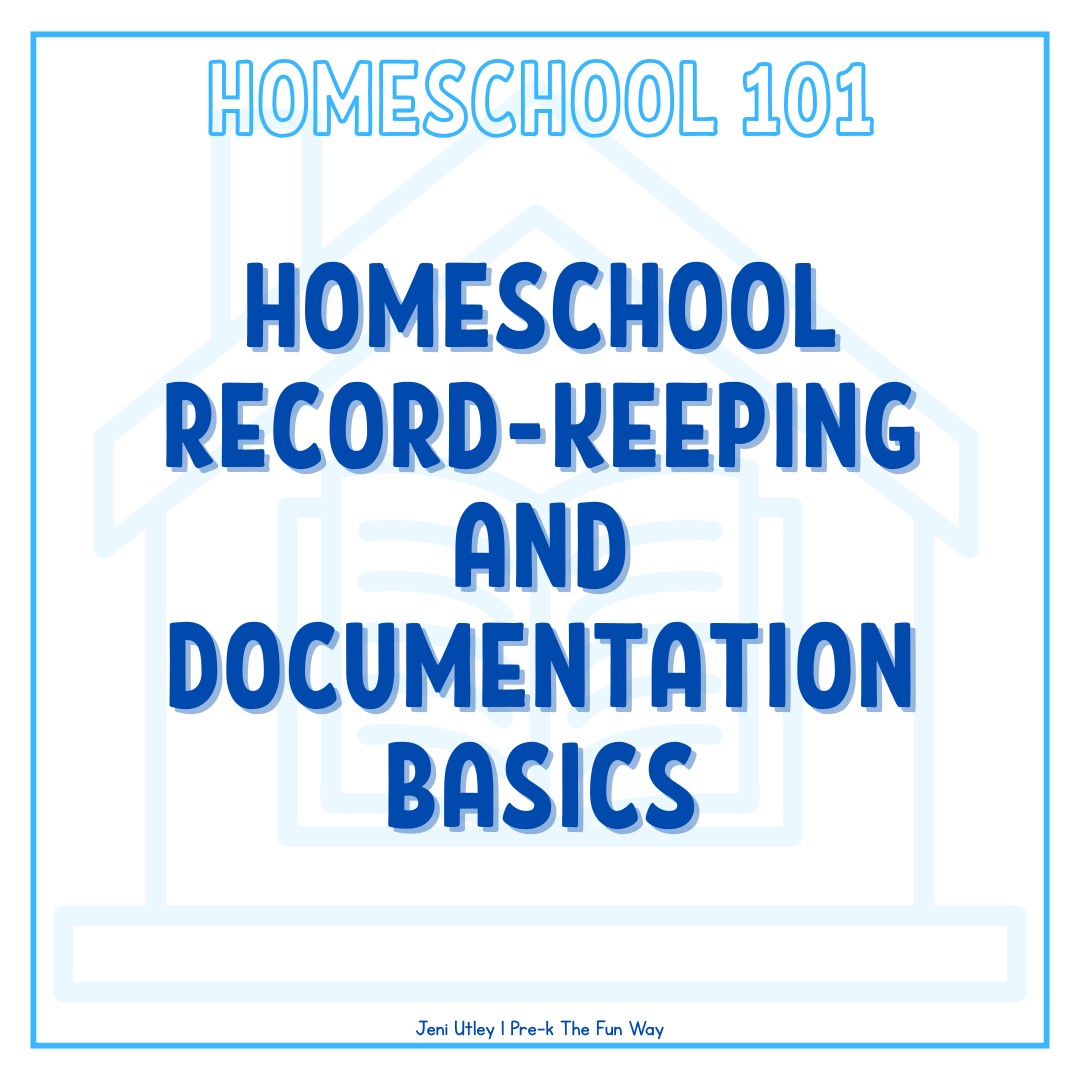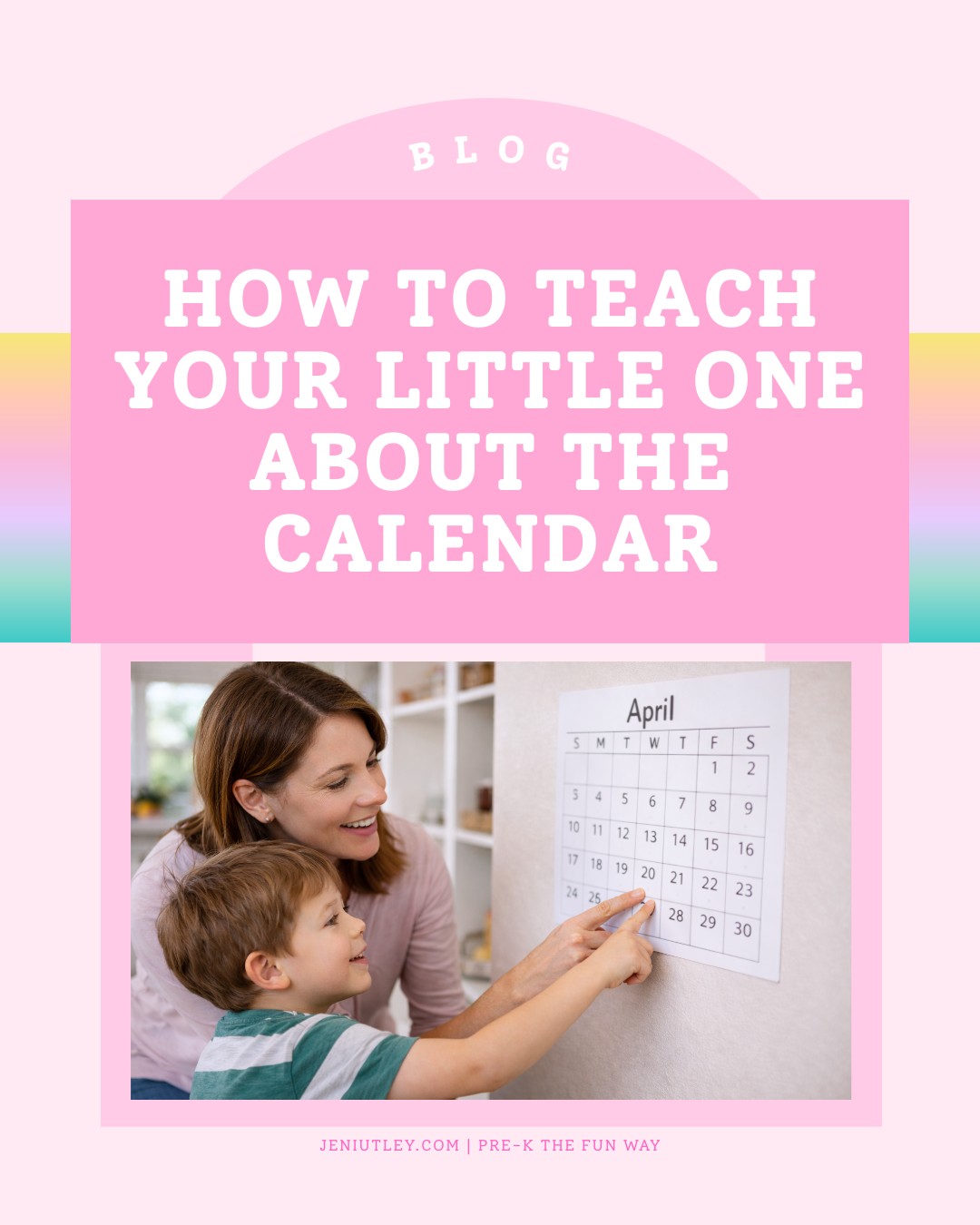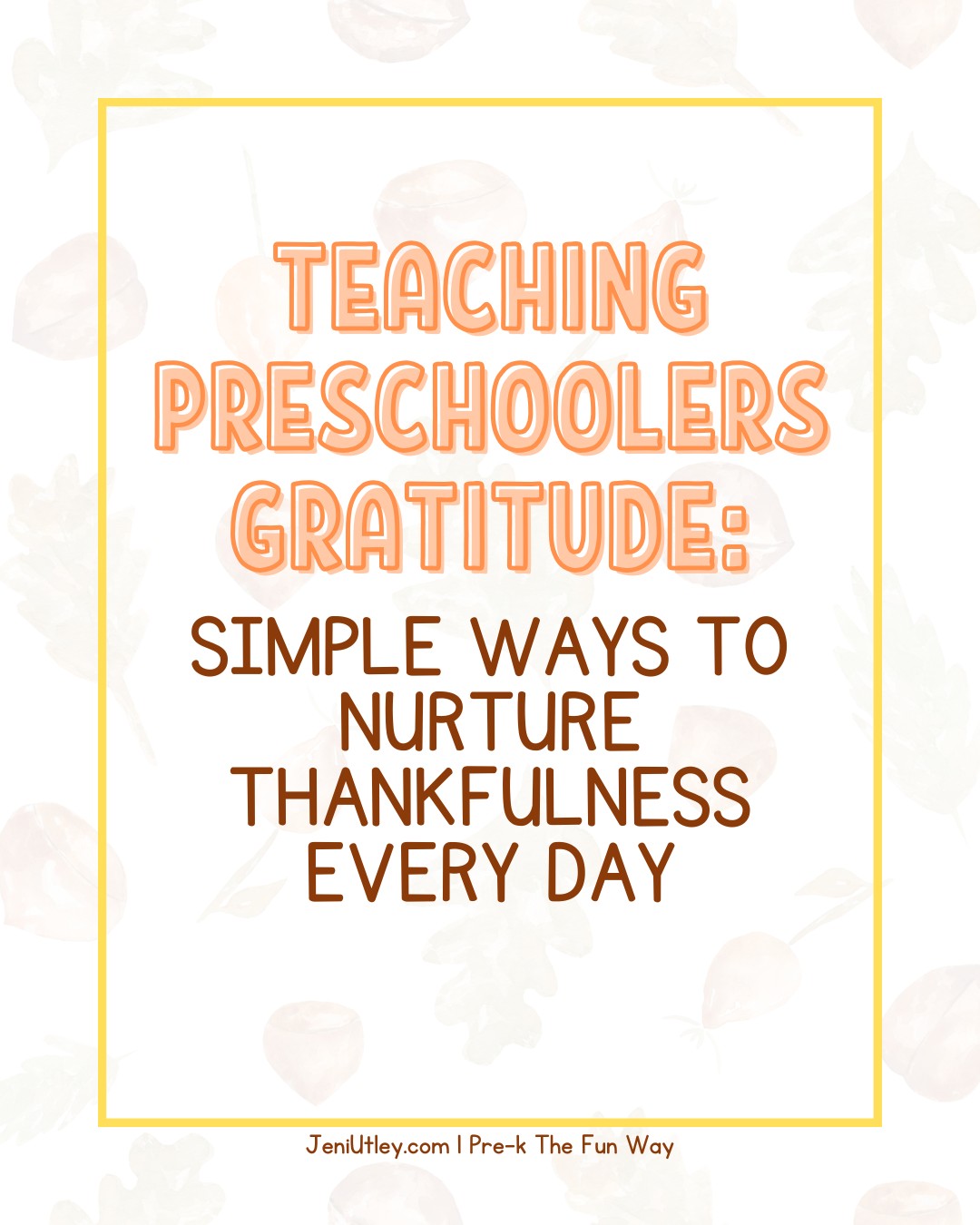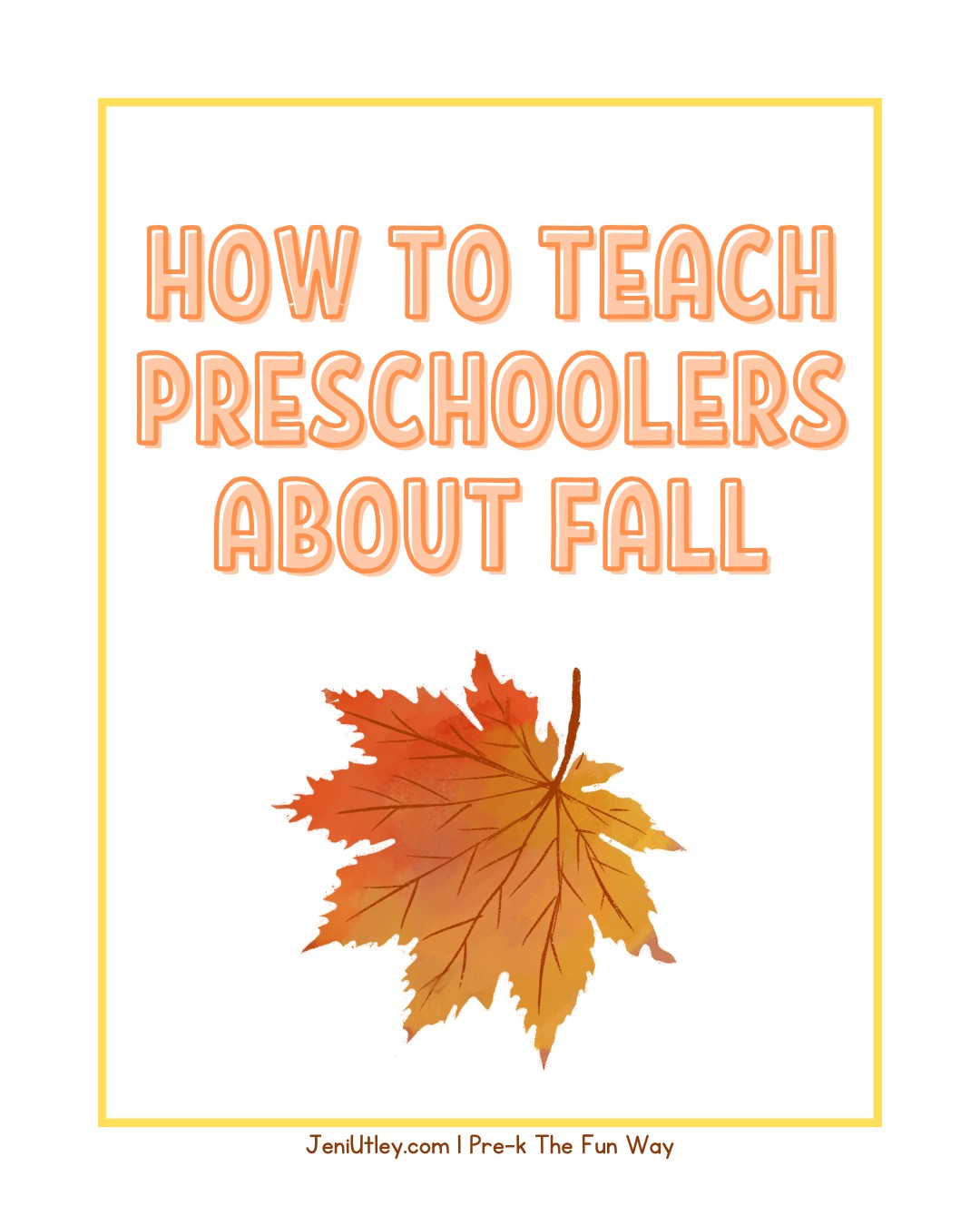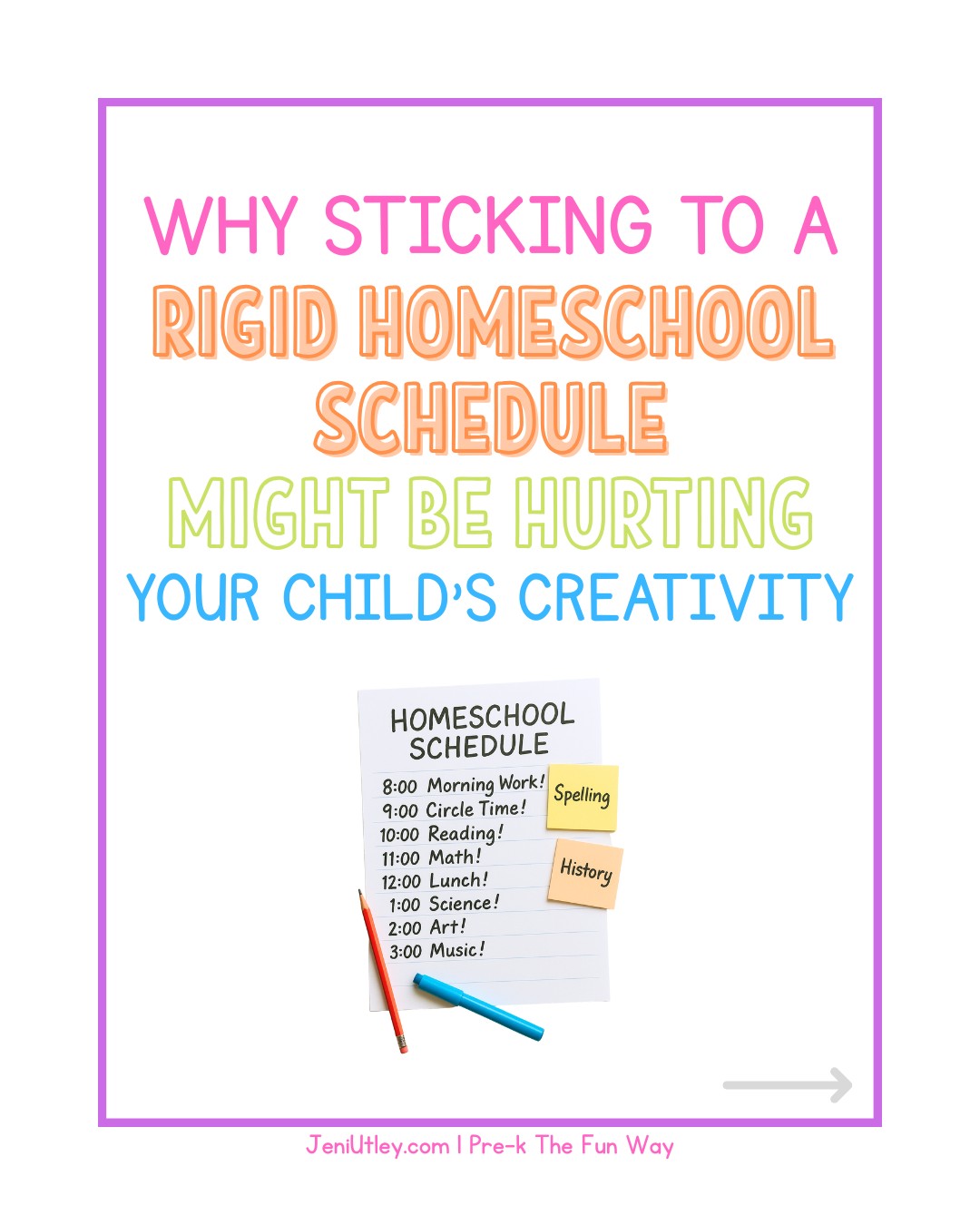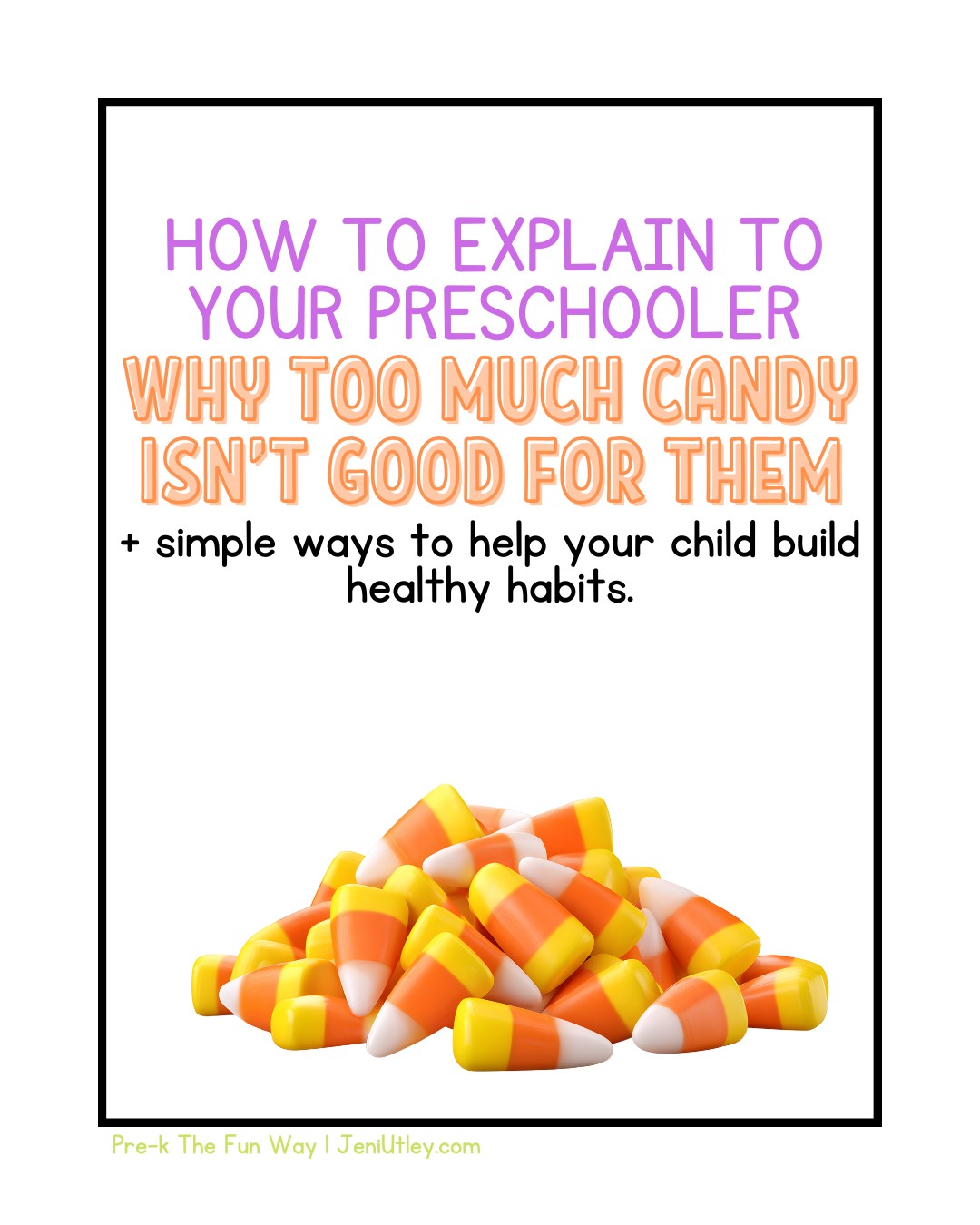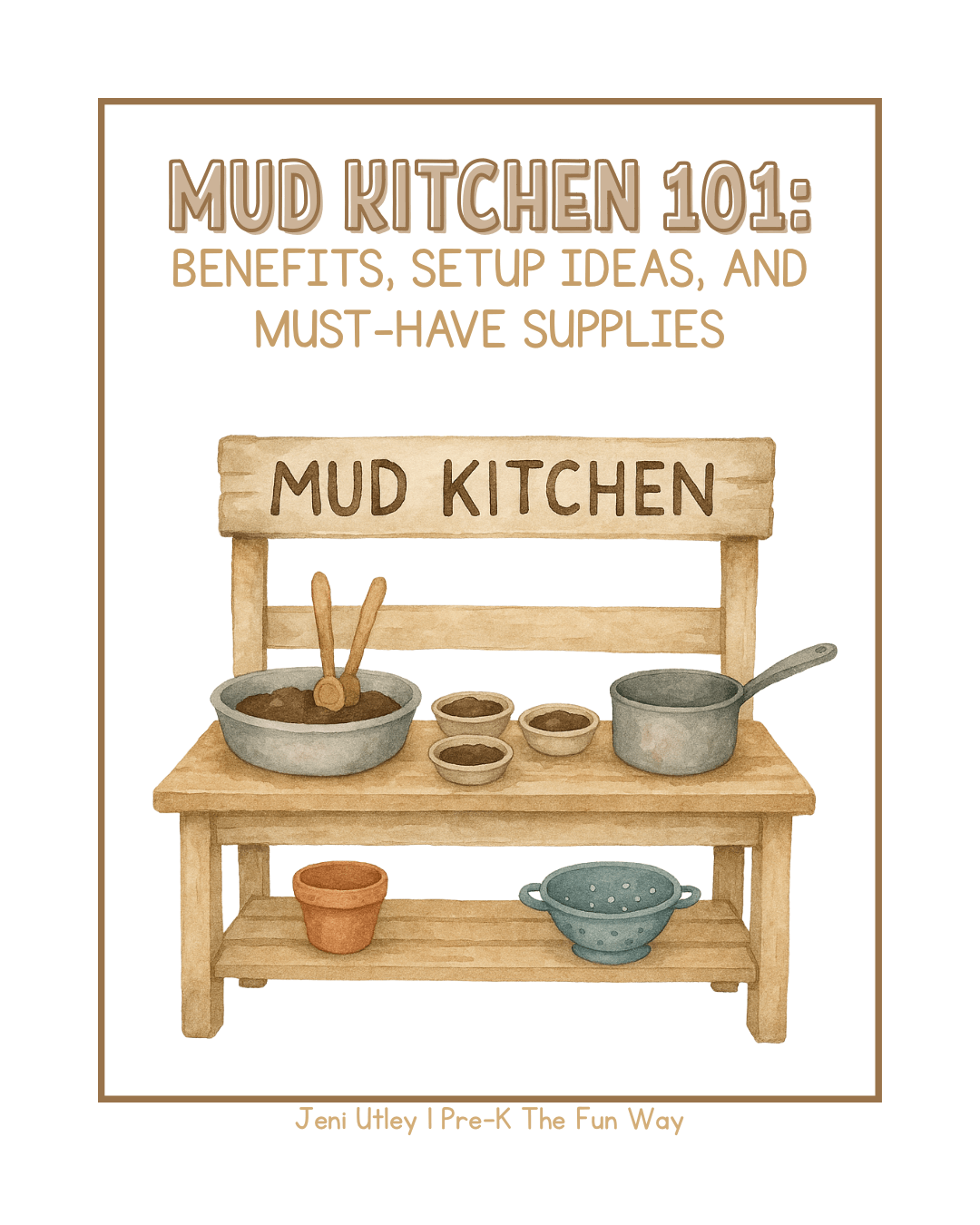
If you’re looking for a low-prep, high-engagement activity that gets your kids outside and off screens, it’s time to embrace the magic of mud kitchen play. Whether you have a big backyard or a small patio, a mud kitchen encourages creativity, sensory exploration, and even early learning skills.
Why Mud Kitchen Play is So Beneficial
1. Sensory Development
Mud, water, sticks, and stones give kids a hands-on way to explore texture, temperature, and resistance. Sensory play helps with brain development, especially in the early years.
2. Open-Ended Creativity
No rules, no instructions, just imagination. Kids become chefs, scientists, bakers, or potion-makers. This kind of play encourages problem-solving and storytelling in a natural way.
3. Real-World Learning
Stirring, scooping, pouring, and measuring all promote early math and fine motor skills. You can even sneak in science concepts like states of matter, cause and effect, or weather patterns.
4. Nature Connection
Getting dirty is a good thing. Mud kitchen play fosters a love for the outdoors and helps kids feel more grounded, literally and emotionally.
How to Design a Mud Kitchen (Even with Minimal Space)
You don’t need a Pinterest-perfect setup. Here are three ways to build your mud kitchen based on what you have:
1. Backyard Classic
- Repurpose an old play kitchen, potting bench, wooden shelf, use a retaining wall, or just the floor.
- Add hooks for utensils, a few storage bins, and a flat surface for “cooking”
- Place near a dirt patch or garden area
2. Budget-Friendly Bin Setup
- Use plastic bins or crates as the base
- Add a couple of mixing bowls, wooden spoons, and measuring cups
- Let kids dig and play from the ground up
3. Portable Mud Kitchen
- Use a rolling cart or plastic tub with a lid
- Fill it with tools and bring it out when the weather’s nice
- Bonus: easy to clean and store
Supplies to Stock Your Mud Kitchen
You probably already have most of what you need. Start with these basics:
- Old pots, pans, and muffin tins
- Spoons, ladles, whisks, and spatulas
- Measuring cups and scoops
- Bowls and buckets
- Funnels and spray bottles
- Recycled containers (yogurt cups, jars)
- Natural materials: dirt, sand, water, leaves, rocks, flowers, pinecones, herbs
Optional extras:
- A watering can or hose for water play
- Aprons or smocks for mess management
- Clipboards or recipe cards if you want to sneak in writing practice
Make It an Educational Experience
If you want to tie your mud kitchen into homeschool learning, try these ideas:
- Nature recipes: Write “recipes” using flowers, leaves, or berries
- Counting practice: How many scoops? How many rocks fit in the pot?
- Science talk: What happens when mud dries? What makes it stickier?
- Creative writing: Make menus, name your restaurant, or invent potions
A mud kitchen is one of those homeschool staples that doesn’t need to cost much but gives you huge learning and lifestyle payoffs. It’s screen-free, calming, and encourages independent play—three things every homeschool parent can appreciate.
- Jeni
___________________
**ALL THINGS HOMESCHOOL PRESCHOOL**
Check out my PRESCHOOL CURRICULUM! This is where you get all of my unit studies, activities, tips, and more!!
FREEBIE: Preschool Curriculum Map!
Check out my website for blogs and freebies!
All of the products on this page are products my kids and I use and love or products I personally recommend!
All of the opinions expressed here are my own. With that said, this page contains affiliate links that, at no additional cost to you, I may earn a small commission.




